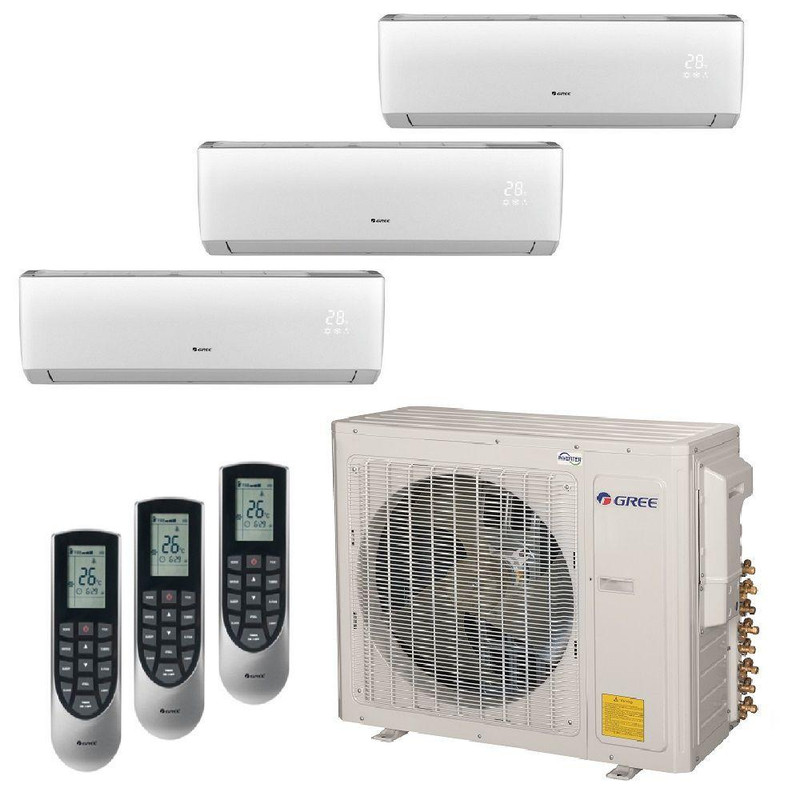
Can you imagine life without a/c? Sweltering heat waves that can melt the rubber on your shoes, prepare an egg on the dashboard of your car, and make it almost difficult to have a great night's rest-- sounds miserable!
Let's face it, life without A/C would not be the very same. Did you know, that prior to the 20th century, ice was in fact collected for refrigeration? It was cut into 1-ton blocks, provided throughout the country and utilized in 'ice-boxes' to keep food fresh. Thankfully today, refrigeration has actually been significantly enhanced given that its intro in 1834.
By knowing how your home's A/C system works, you'll be able to make it run much better and longer, and if it needs to break during the pet days of summer, more confident finding a replacement.
What is Central Air?
Since the 1960s, central air conditioning systems have actually been the most common style of cooling in America.
Best defined by the condenser unit outside and ducts bring cool air throughout the home, a main air conditioning is sometimes referred to as a "split-system" since the indoor and outside components are separated.
How It Functions
Similar to how a sponge takes in water, central air conditioning conditioners soak up the heat from inside the home and eject it outside through a procedure called "the refrigeration cycle."
It's simple to understand how an a/c works as soon as you see how the parts operate together.
Parts of an A/c System
Split into 2 parts; a system will contain an outdoor condenser system (listed below) and a coil housed on top of the heating system or inside air handler. The outdoor condenser, which does the majority of the work, operates in tandem with the air handler/furnace that distributes the conditioned air into spaces of your house.
The Refrigeration Cycle
The cooling process begins when the thermostat detects the interior temperature level has increased above the setpoint. It indicates the control panel in the air handler and goes into action.
1) The internal blower attracts the hot, damp indoor air from the return ducts into the air handler/furnace cabinet to be conditioned.
2) Unclean air getting in the cabinet first goes through an air filter that traps dirt and debris.
3) The clean air then goes through the evaporator coil. Utilizing metal fins to increase its surface area, the evaporator coil extracts heat and wetness from the warm air as the air travels through it. The clean, cool air is distributed throughout the house.
4) A set of copper tubes including refrigerant, called a Line Set, link the indoor coil with the outdoor condenser.
5) The condenser dissipates the heat trapped inside the line originating from the evaporator coil by cycling it through its coils where a fan on top presses air to accelerate the process. The refrigerant is then compressed and travels back to the indoor evaporator coil, where the cooling process continues.
A/C Cheat Sheet
It's an excellent concept to familiarize yourself with the technical language utilized by HVAC professionals to understand your system when it pertains to making repair work or buying a brand-new unit.
A/C - Stands for heating, ventilation, and cooling. This acronym is utilized to classify all equipment utilized to regulate air temperature level, humidity, and air quality.
Split-System - In referral to parts of the system operating both inside and outdoors. In a split system, the condensing system is discovered outside.
BTU - British Thermal Units - a measurement of just how much heat can be eliminated from the air in an hour.
Ton - A measurement that refers to the cooling capacity your unit can offer under normal conditions. 1 Lot is equivalent to around 12,000 BTU's. Loads are frequently utilized when sizing a system for your home, which can be identified based upon the square video footage required to be cooled or free ac estimates near me warmed.
Unmatched Proficiency
Easily, the furnace, cooling, and electrical systems all work instantly, without us needing to fumble around in HVAC company - Air Conditioning Edmonton the basement or worse, a hot attic. Until something goes wrong.
Knowing about your a/c system may appear frustrating initially, however once you have the fundamentals down, you'll have the ability to comprehend not only how your system works, but also figure out jargon to make buying a replacement simple.